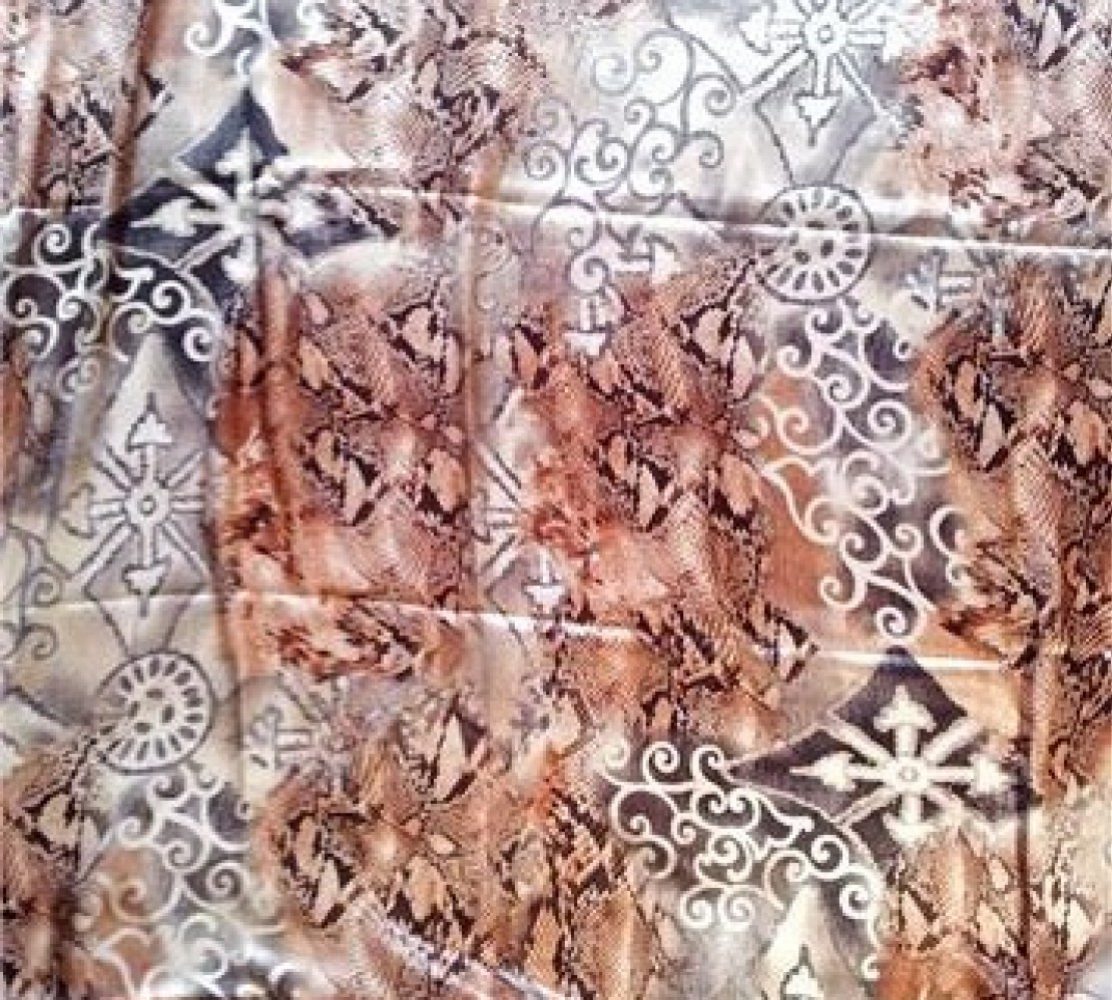Are you getting bored with the tissue fittings? Just one more post on tissue fitting I promise! In fact, the main fabric is now being prepped for cutting as I write.
Third alterations:
So of the outstanding issues, I decided to…
- Ignore
- Waistline that’s 3/8″ too low – I’ll deal with it if it still looks too low in fabric fitting.
- CF that seems to swing out to the side – probably not an issue once buttoned up.
- Adjust
 Princess seam line – moved towards the front 1/2″. In the process of doing this, the side front panel princess seam line seem to have grown 1/4″, so reduced the front armhole gap a bit.
Princess seam line – moved towards the front 1/2″. In the process of doing this, the side front panel princess seam line seem to have grown 1/4″, so reduced the front armhole gap a bit.- Front armhole gap – I decided after the final tissue fitting to widen the shoulder & reduce the front armhole gap a bit further. So final wide shoulder adjustment is 1/2″ & the gap area patched with 3/8″.
- Now the bits I haven’t checked yet…
- Pocket:
There are already plenty of complaints on Pattern Reviews about the ridiculously small pocket. And you know from my previous post that a bigger pocket was one of the reason I wanted to make my own trench. So here it is…Self-drafted pocket that I’ve checked against my hand size and the bits & pieces I tend to keep in my pocket. So it’s all good. Big enough to keep my hands warm on cold days and nothing stored in it should go missing!


I’ve had to move the pocket up a bit though. The original position was obviously designed for the Lilliputian pocket. With the pocket opening at the princess seam, the pocket can only be accessed with bent arm. So the bottom of the pocket needs to be high up enough to be reached with a bent arm. - Hip:
This is a bit low. But I might ignore it as there seem to be enough ease anyway. - Sleeves:
 There’s like 3-1/4″ – 4″ bicep ease, which is plenty for comfort. Both the width and the length looks perfect (with the under-sleeve aligned at underarm seam).
There’s like 3-1/4″ – 4″ bicep ease, which is plenty for comfort. Both the width and the length looks perfect (with the under-sleeve aligned at underarm seam).
 So I proceeded to convert the 1-piece sleeve into 2-piece sleeve following the instruction in Connie Crawford’s Patternmaking Made Easy. But the result looks a bit puffier than the 1-piece sleeve, even though the width hasn’t changed at all!
So I proceeded to convert the 1-piece sleeve into 2-piece sleeve following the instruction in Connie Crawford’s Patternmaking Made Easy. But the result looks a bit puffier than the 1-piece sleeve, even though the width hasn’t changed at all! 
Maybe it’s jut paper being paper. But I’m now paranoid that the sleeves are going to come out dowdily wide. So I took a 1/2″ vertical tuck on the over-sleeve. I’m hoping that if it turns out too much I can just restore the amount with a narrower seam allowance.
- Pocket:
So here are the final Patterns:
And here are the dart-based FBA front patterns which I won’t be using this time.

I still have to sort out lining & facing patterns. But I think I’ll do that after the fabric fitting to be sure there aren’t any more tweaks needed. But it’s looking good so far!






















 Jackets For Real People
Jackets For Real People











